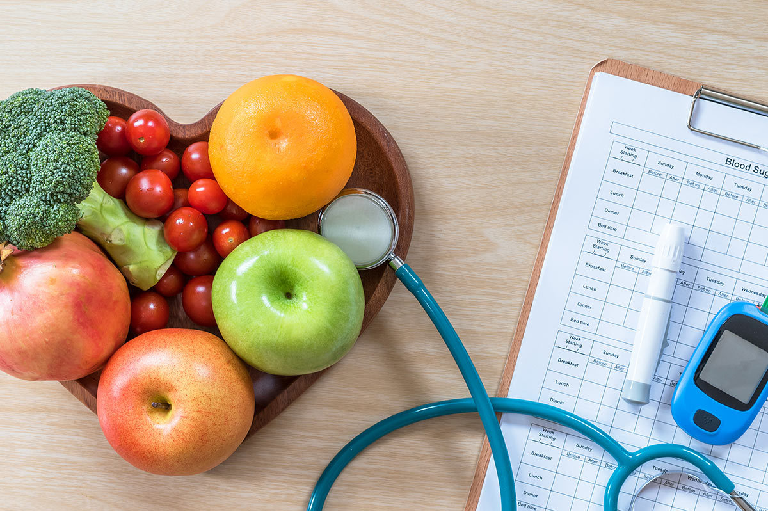5 Tips for Preventing Type 2 Diabetes
Type 2 diabetes is a chronic health condition that affects millions worldwide. It is characterized by an inability of the body to either produce or utilize insulin — a hormone that helps carry sugar into cells where it serves as fuel. As insulin resistance develops, blood sugar levels become elevated. Once diagnosed with type 2 diabetes, you will be faced with long-term testing and monitoring of blood sugar levels. Your diet will likely be restricted, meaning you won’t get to enjoy a few of your favorites, even on an occasional basis.
1. Take Steps To Control Your Weight
Obesity is a growing problem around the world. While it does not cause type 2 diabetes, there is a definite connection between the two conditions. That is why taking steps to control your weight with a program like the Thrive experience can help prevent diabetes. it is also linked to better overall health outcomes, including lower rates of cardiovascular disease, osteoarthritis and certain types of cancer.
How do you know if you are overweight obese? Most people have a pretty good idea, but you can also use your height and weight to calculate your Body Mass Index. While it doesn’t take body composition into account, it can give a good idea of whether or not you should be concerned about your weight. BMIs can be broken down into four main categories:
• Underweight: BMI under 18.5
• Normal or healthy: BMI of 18,5-<25
• Overweight: BMI of 25-<30
• Obesity: BMI of 30 or more
2. Establish a Baseline
If you suspect that you might be on a path to diabetes, know that a diagnosis isn’t inevitable. Schedule a physical with your primary care provider and discuss your concerns. Have blood work done to establish your baseline numbers for fasting glucose and A1C levels. This can help you determine if there is still time to take preventative action.
3. Find a Supportive Prevention Program
Joining a CDC-approved lifestyle change program might be an excellent choice. They provide tips for healthy eating, increasing physical activity and modifying your behavior to bring about lasting results. There may be entry requirements for participation, so it is often best to discuss available programs with your medical provider to find the right fit. If you decide to go this route, be prepared to follow the program you choose to its completion, which can take a year or more.
4. Read Nutrition Labels
Food packaging can be very misleading. Just because something claims to be natural or healthy doesn’t mean it lives up to the hype. It is your responsibility to read and decode food nutrition labels in order to make healthy choices. One of the best places to start is by looking at the serving size. Is it in line with how much you normally eat? If not, are you willing to adapt your portion size to accommodate it? If not, you will need to adjust all of the nutrition facts to match how much you plan to eat or drink.
Once you have established a portion size, determine the total number of calories in it. Keep in mind that you will want to create a calorie deficit if you are trying to lose weight. In addition to calories, be sure to check sodium and sugar levels. Natural sugars are much less of a problem than added ones. Try to keep added sugars under 25 g per day to reduce the chances of developing diabetes. That’s about 6 teaspoons, or one soft drink, worth.
5. Increase Your Physical Activity Levels
Increasing your physical activity levels is a great way to improve health and lower your risk for diabetes. Try to engage in 30 minutes or more of moderate-intensity activity almost every day. If you can up that to an hour, you’ll see results even faster. Instead of making it a chore, find activities you enjoy so you stick with them.
Take charge of your health by becoming more active, eating right and controlling your weight. Joining a prevention program and talking with your doctor can help you get on the right track.






























